Granite Geek: Genetic mix-up has derailed the program to bring back the American chestnut tree
| Published: 02-05-2024 3:17 PM |
Scientists like to say that their work usually proceeds two steps forward and one step back. But sometimes that’s optimistic.
Case in point: A scientific effort I’ve been writing about since 2010, the work to bring back the American chestnut tree to our forests, has suddenly taken two steps back. Maybe more.
Basically, it turned out that our hopes were misplaced that a genetically modified variant could shrug off the blight which virtually wiped out North America’s chestnut trees. Adding to the pain, this realization came late last year as the project was on the verge of success after decades of effort by hundreds of people, including a bunch in New Hampshire.
“The chapter was very optimistic that the transgenic tree developed by SUNY-ESF would simply be approved, deregulated. Last summer we were hoping it was right around the corner. Obviously we’re disappointed that at this point in time there’s yet another iteration of wait-and-see,” said Evan Fox, president of the New Hampshire/Vermont chapter of the American Chestnut Federation, which has been raising hybrid trees in state orchards for many years.
They weren’t alone in that expectation. Just four months ago this column pondered how we should deal with the genetically modified chestnut trees that I said, with cheery confidence, were about to get final approval from the EPA so they could be planted all over the place. Now everything is up in the air.
Here’s what happened.
As you probably know, a fungus carried on Japanese chestnut trees arrived in the U.S. at the start of the 20th century and spread fast, carried by wind and weather. In a few decades the tree species, which once occupied as much as a third of eastern forests, was all but extinct.
Decades of attempts to breed a blight-resistent hybrid on orchards in New Hampshire and elsewhere haven’t worked, so researchers at State University of New York College of Environmental Science and Forestry in Syracuse decided to try genetic modification. They introduced a common gene from grasses that nullifies the oxalic acid produced by fungus. This acid is what kills the trees, so if the tree can ignore the acid then the fungus is no longer a problem.
Article continues after...
Yesterday's Most Read Articles
A decade of research produced a GMO tree called Darling-58, named after an early supporter of the program and the position that the imported gene takes on the tree’s chromosome. Darling-58 trees showed great resistance on research plots and the process began to get permission to release them in the wild, something that has never been done by a GMO plant.
Then last fall, Prof. Thomas Klak of the University of New England, who has been working with the chestnut program for years, made an unhappy discovery.
“My lab discovered the fact that the gene is not where we thought it was,” said Klak.
It turns out that the imported gene had attached itself to a different part of the chromosome than was thought, a distinction that wasn’t detected when work was done a half-dozen years ago. Virtually all the trees that have been growing and tested are actually Darling-54, not Darling-58.
Darling-54 trees still nullify the acid but, as Klak put it in terms that I understand, they work to counteract the acid all the time rather than, as had been expected, doing it only when the acid is detected. This always-on strategy takes a lot more energy and that stunts the overall growth of the tree, one of the factors that led to the discovery of the problem. The Darling-54 location also displaces some existing genes and nobody’s quite sure what that will do in the long run.
The Environmental Protection Agency may still approve release of the Darling trees since the agency’s only real concern is whether they would damage the environment. But the unanswered questions have led the American Chestnut Federation to withdraw its support of the plan to release the trees, partly from fear that a GMO plant which doesn’t succeed will cast a pall over future efforts to use GMO plants to feed a warming world.
To complicate matters there’s another genetic variant, nicknamed Darwin, being tested that seems to show real promise as a “wound-induced” nullifier of the oxalic acid – in other words, one that doesn’t have the Darling-54’s problem of being always on.
Why believe researchers this time? “Techniques today are a lot better than just a few years ago. Genomics is advancing in ways that we can see things that wouldn’t have been seen even 5 years ago,” said Klak.
So maybe we should put the current variants on the shelf and wait for Darwin go to through testing. But that will take years, so maybe we should go ahead with planting the Darlington-58 trees (that are actually Darling-54) in hopes that they’ll do OK. With the speed that climate change is happening, we may not have the luxury of waiting around for certainty.
All these questions are being debated by the many organizations who would love to see American chestnut trees back in our forests and it’s unclear what will happen. Klak, whose lab is important because he has developed to quickly grow generations of chestnut seedlings, allowing multiple generations to be studied in much less time, is among those debating the question.
“The jury, in my mind, is still out,” he said, pointing to the one bright spot: “We’re glad we found it before deregulation happened. That would have been worse.”
In New Hampshire, volunteers with the American Chestnut Foundation have spent years gathering pollen by hand from those rare remnant trees and using it to cross-breed with blight-resistant Chinese chestnut trees. The hybrids are being grown at special farms, and even though they haven’t been successful at resisting the blight they are a source of genetic diversity which will be needed if we ever get a GMO tree.
“Our focus has been to preserve the genetics of the American chestnut lines … to grow them to a flowering state so whenever the solution is at hand, we can pollinate those trees,” said Fox. “We’re going to continue doing that.”
With any luck, they’ll start stepping forward again soon.

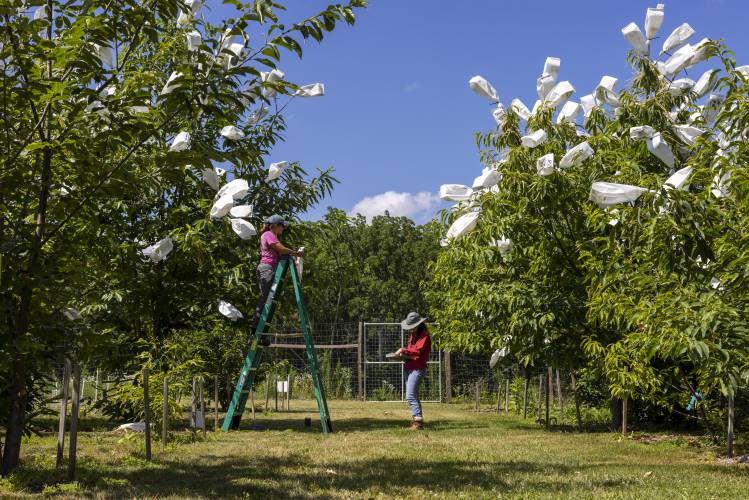
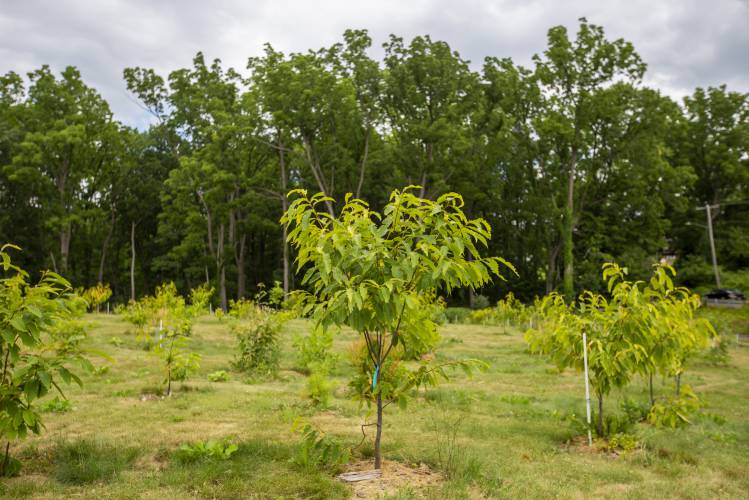
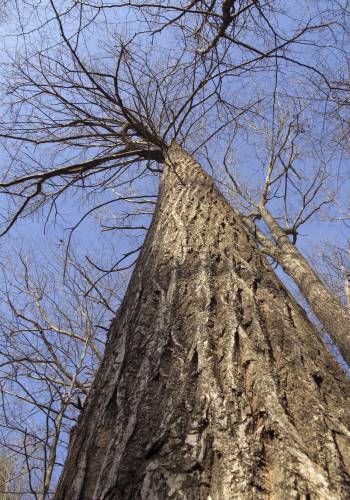
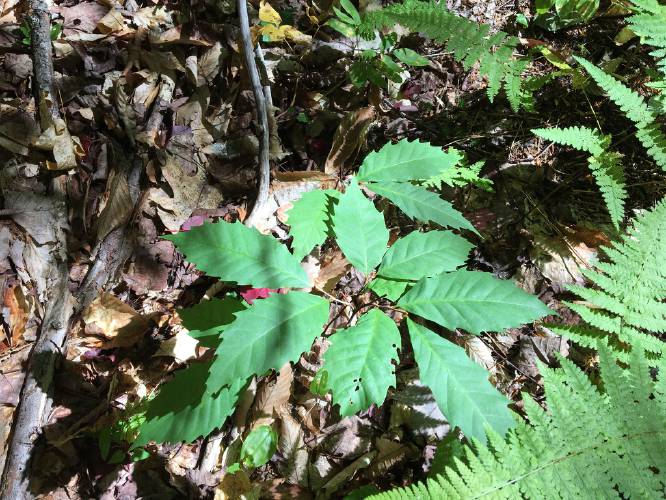
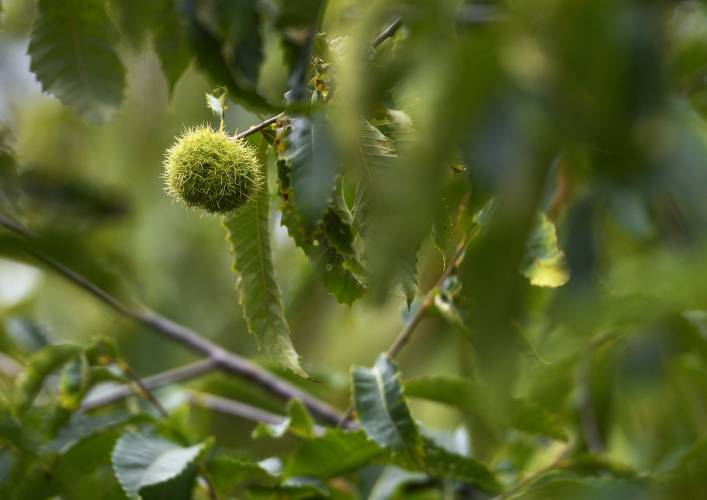
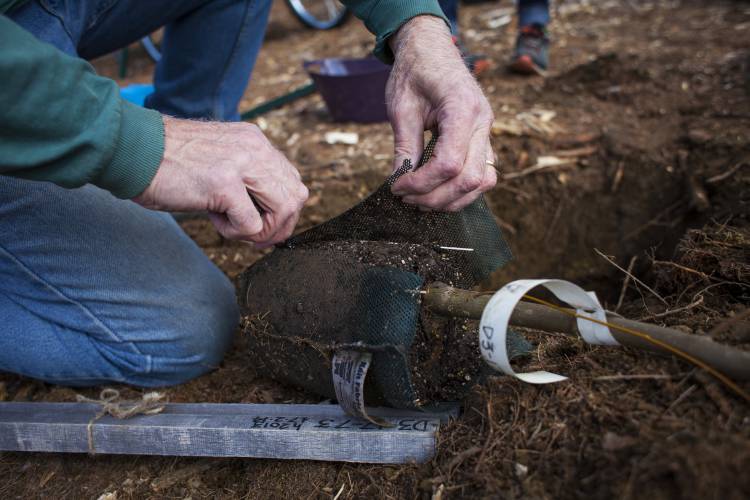






 Canterbury honors ‘real heroes’ with updated Military Veterans’ Project
Canterbury honors ‘real heroes’ with updated Military Veterans’ Project Look, up in the sky! It’s… an Airstream trailer?
Look, up in the sky! It’s… an Airstream trailer? Around Concord: Over The Moon Farmstead brings mead, beer, pizza and music to Pittsfield
Around Concord: Over The Moon Farmstead brings mead, beer, pizza and music to Pittsfield Around Concord: The Balshaws bring a rustic revival to the Canterbury Country Store
Around Concord: The Balshaws bring a rustic revival to the Canterbury Country Store
